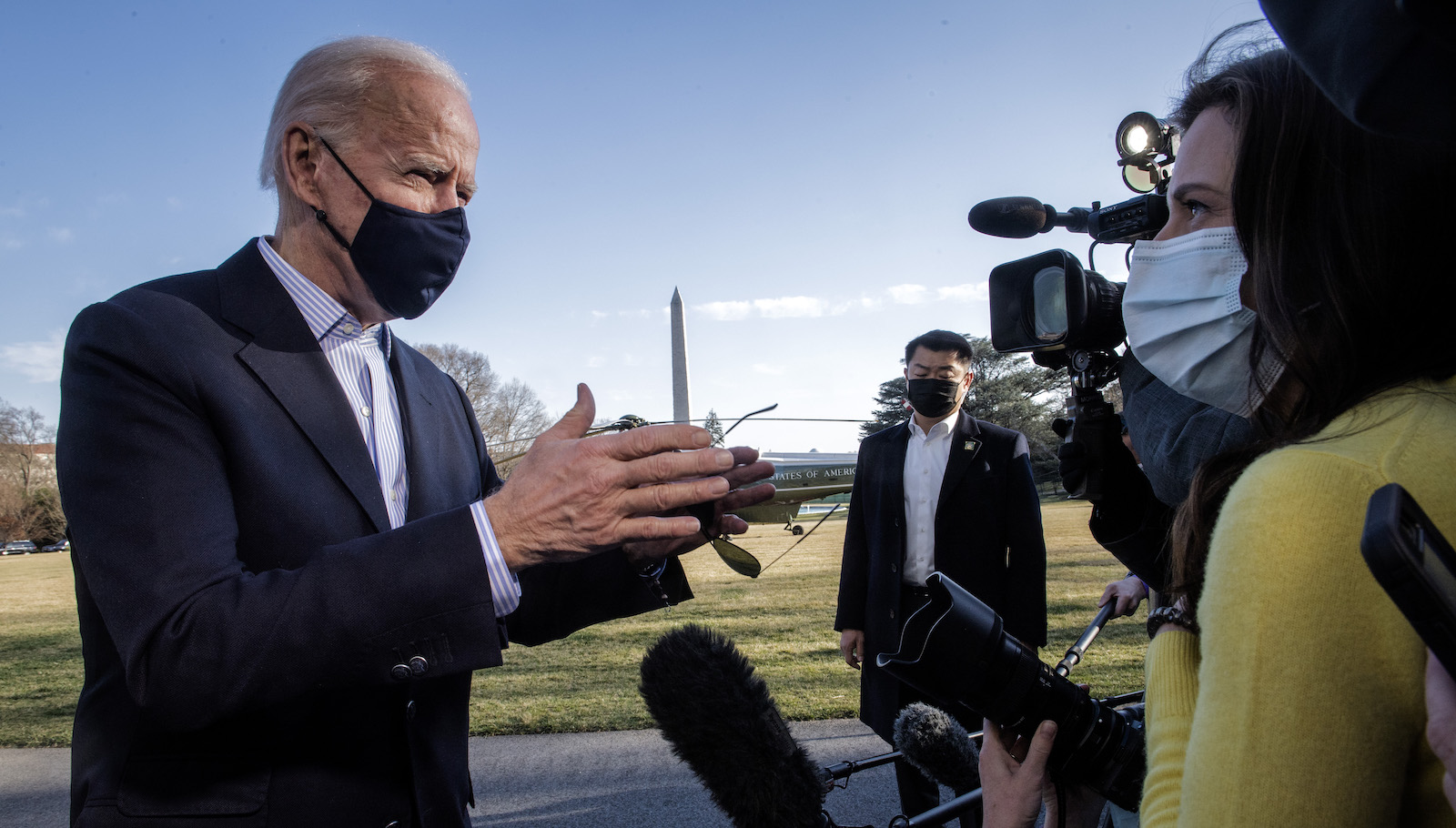For four years straight, President Donald Trump tried to gut the budgets of federal agencies focusing on climate and the environment. The former president proposed canceling clean energy research, cutting federal support to prevent flooding, and winnowing down crucial federal agencies. In 2019, he even went so far as to ask Congress to slash funding for the Environmental Protection Agency, or EPA, by a whopping 31 percent — returning it to spending levels not seen since 1993.
Now, President Joe Biden is poised to go in the exact opposite direction. On Friday, just two weeks after Biden announced his climate-friendly infrastructure plan, the White House released its “skinny budget” — a sort of budgetary blueprint for where the president hopes to spend money in the coming year. (Think of it as a planned allowance for federal agencies.) And the $1.5 trillion proposal couldn’t be more different than those of the past four years.
While Trump’s 2020 budget proposal didn’t mention the word “climate” once, Biden’s plan mentions it 146 times. It asks Congress for $14 billion “across nearly every agency” to advance clean energy and zero out U.S. emissions by 2050. The president hopes to direct $10 billion toward clean energy innovation and research, $1.7 billion toward energy efficiency in homes and buildings, and $600 million to electrifying federal vehicles, including at the U.S. Postal Service.
The budget also aims to bolster agencies that were left in tatters after the Trump administration. The EPA lost nearly 1,000 employees during the Trump years; the Biden administration plans to restore those positions and boost EPA funding by 21 percent. If the budget is enacted, the EPA will receive $11.2 billion in total — more federal funding than ever before.
“We are very encouraged by the Biden administration’s budget outline,” said Michelle Roos, the executive director of the Environmental Protection Network, a group of EPA alumni formed in reaction to the Trump administration’s environmental rollbacks, in a statement. “The EPA’s budget has declined or remained stagnant for decades, so the 2022 budget proposal is an excellent first step in rebuilding funding and strengthening the agency.”
The White House is also signaling an end to the “America First” foreign policy that characterized Trump’s approach to climate. The Biden team is asking Congress to approve a $1.2 billion contribution to the Green Climate Fund, a United Nations-backed fund that funnels money to help developing countries adapt to climate change and expand solar and wind power. Even that, however, may not be enough: The U.S. has not contributed to the fund since 2017, and currently owes $2 billion of its initial $3 billion promise. Policy experts also warn that the current U.S. pledge is far too small for what’s needed.
And the budget faces many hurdles ahead. The $1.5 trillion proposal for 2022 represents a 16 percent increase in funding compared to 2021, and that’s on top of President Biden’s $2.3 trillion infrastructure plan and the $1.9 trillion American Rescue Plan Act. With all those zeroes stacking up, even fairly progressive Democrats may start to get sticker shock. Congress never adopts a president’s spending plan in full, instead using it as a starting point for discussion and debate. That’s why — despite President Trump’s best efforts — some funding was maintained for clean energy research and the EPA during his administration.
For now, however, the skinny budget is the latest entry in President Biden’s “whole-of-government” approach to tackling climate change. “Responding to the climate crisis depends on helping communities transition to a cleaner future,” wrote Shalanda Young, the acting director of the Office of Management and Budget, in a letter to Congress announcing the plan. “This moment of crisis is also a moment of opportunity.”




